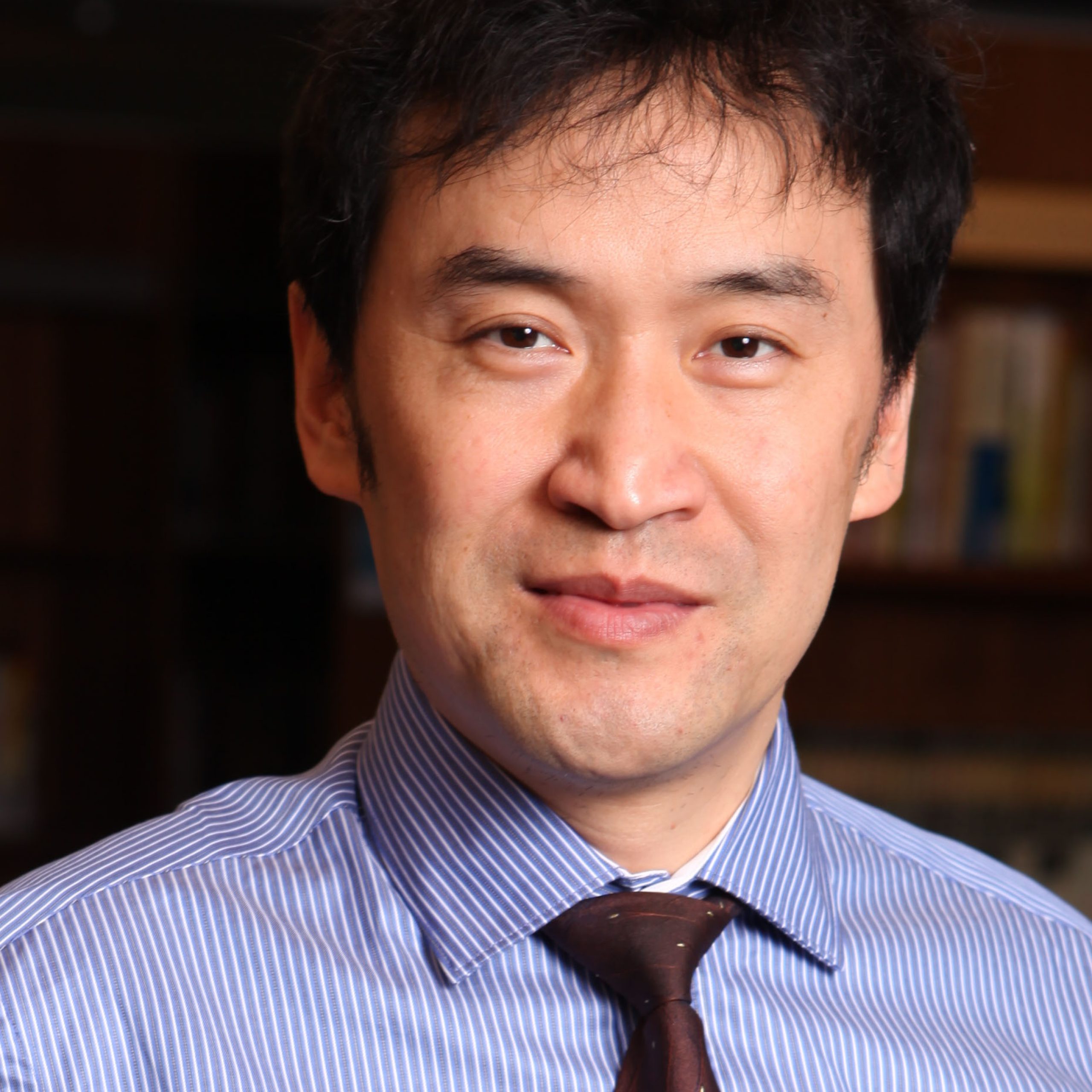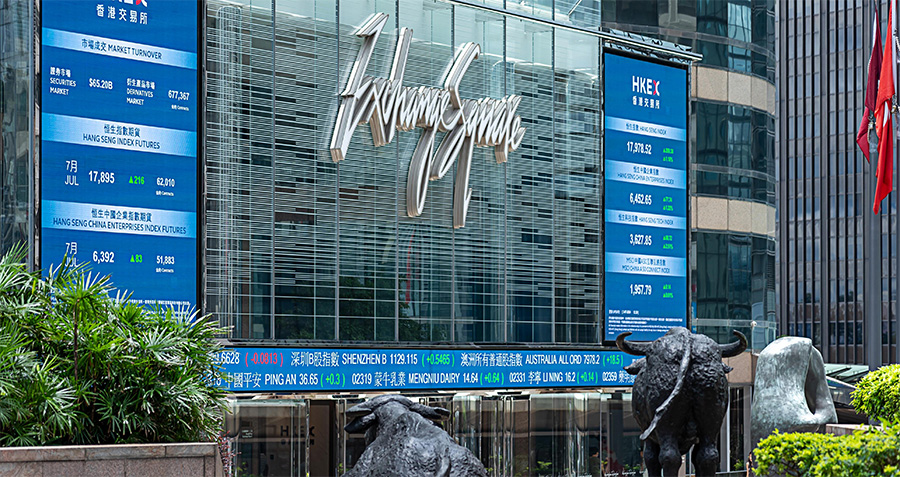Chen Long, Professor of Finance at CKGSB, believes that the authorities have to tread a fine line while regulating internet finance products in China such as Alibaba’s Yu’e Bao and Tencent’s Li Cai Tong. Here’s why.
China’s most dominant online payment system is going through “the toughest, yet the most honorable moment”, says Jack Ma, President of Alibaba Group, who also controls Alipay, the Paypal-like online payment service. “It should be the users, not monopolies or political powers that decide in the market.”
Ma’s statement was a reaction to a set of setbacks that both Alipay, along with its rival Tencent, ran into in the past two weeks. It all began with a decision by China’s central bank, People’s Bank of China (PBOC), to halt virtual credit cards and QR code-enabled payments. These payment methods allow companies like Alipay to facilitate transactions between consumers and merchants directly, circumventing existing inter-bank networks.
A day later, the PBOC released a new draft bill, which would impose tight caps on the amount of transactions and transfers that third-party payment platforms can process in a given period of time. To make things worse, the four biggest state-owned banks jumped on to the bandwagon quickly, announcing narrower limits on how much money account holders can transfer into Alipay on both a daily and yearly basis.
These measures could take a heavy toll on internet finance in China such as Alipay-backed Yu’e Bao, which have created a sensation by providing quasi-checking accounts that offer much higher returns than traditional banks do. These products, although they still account for a miniscule fraction of the total bank deposits, are putting more and more pressure on traditional financiers, who apparently will not go down without a fight.
But regulators should support, not strangle internet finance, says Chen Long, Professor of Finance at CKGSB, as the diversifying of fund-raising channels will benefit small and mid-sized companies and assist China’s ongoing financial reforms. In this interview, Chen uses historical analogies to explain the nature of internet finance products and why they should be embraced by authorities.
 Q. You compare Yu’e Bao with money market fund products that were available in the US in the 1970s. Can you walk us through why they are similar?
Q. You compare Yu’e Bao with money market fund products that were available in the US in the 1970s. Can you walk us through why they are similar?
A. Internet finance, especially Yu’e Bao, is one of the hottest topics right now in China, but when people talk about it, they focus on the internet and the relative lack of regulations. But a lot of people missed the fact that Yu’e Bao is really just a money market fund. A money market fund can grow very big without the internet. That’s what the history of the US tells us.
In the 1970s, money market funds were introduced in the US. And [by nature they] invest in the highest-quality short-term (with a maturity of less than 60 days) debts. It’s like a section of the banks’ loans. But banks lend a lot of stuff, including long-term and risky loans. But for money market funds, they have the highest quality of short-term loans. They don’t really need a big spread between the borrowing rates and the lending rates, because there is very little uncertainty.
This kind of a financial instrument has special advantages relative to the banks in providing this kind of service. Even if (China’s) interest rate becomes market-driven, this kind of a financial product still has an advantage in providing this kind of service.
In the 70s, very similar to China, the US was experiencing an interest rate liberalization. The government regulated the interest rates and limited the lending rates of the banks. In addition, the market interest rate was much higher than the rate that was set by the government. So when money market funds could provide much higher deposit rates for the depositors, they quickly gained popularity.
But what really made this explosive growth possible was the additional function that was supplied through financial innovation. For example, Merrill Lynch provided the settlement and payment functions for money market funds, so if you invest in money market funds, you not only get interest rate payments, (but) you can also write checks. You can use your accounts to pay for other things. Essentially, for depositors, these functions are pretty much all they want from a bank. At that point, banks really hated it. But regulators let it go, because the funds don’t fall into the regulation of the banking acts.
In the early 1970s, the size of money market funds was 1% relative to the total deposit amount in the US; then quickly in the 1980s, it grew to 6%. Then it grew to 20%, 30%, and gradually in 2001, it reached 77%.
That deposit amount in banks includes both the savings accounts and the checking accounts. In fact, the money market funds’ amount was several times higher than (that of) the checking accounts.
The ratio went up and down since 2001. In January this year, it was about 28%.
The reason it decreased is not because it’s not popular, but because that the interest rate in the US is [virtually] 0% after the 2008 financial crisis. The best companies can borrow at a bit more than 0%. It was very hard for money market funds to survive at this point because there were no profits essentially. If you look at the history, from the 70s to now, there were only two times that the amount of money market funds decreased. Those were precisely two periods when the interest rate was close to 1% or even to 0%. So long as the base interest rate is not terribly low, money market funds have huge growth potentials.
From this we can see that in China, so long as the regulators support it, then it can easily grow to RMB 10 trillion, 20 trillion, or 30 trillion.
Q. The interest rates are usually tied to the broader economy. Do you think China will have to use very low interest rates to stimulate the economy in the next few years?
A. Well, governments always have monetary policies, so you can reduce rates to stimulate the economy. But having the interest rate close to 1% or 0% is a very unconventional monetary policy. That’s why we come up with a new measure called QE (quantatitive easing)—when the interest rate reaches 0%, you are still trying to increase money supply. We had almost never experienced it in the 60 to 70 years prior to the 2008 financial crisis.
China’s economy in general is still very hot. So it’s very hard to imagine that the Chinese monetary authorities would decrease the interest rate to close to 1% or to 0%, which means that China would have a major economic shock. That’s a very small probability event.
Q. There’s a lot of capital inflow to China, betting on the appreciation of the RMB. Some are worried that once the money moves out, there would be more RMB supply, which could drive down the rates for money market funds. Where do you think the RMB is going and how would that influence the returns of those internet finance products?
A. There are two things to think about. If you think about the exchange rate, it depends on the strength of China’s economy. China’s economy has some uncertainties, but it always did in the past twenty-some years if you look at history. I think it’s still a very small probability event that China’s economy would really slide quickly. Overall, so long as China’s economy stays relatively stable, capital will stay in China.
Then let’s look at the interest rates. It is possible that if China’s economy slows down, and if there is very little inflation pressure, the central bank might want to lower the interest rates, in other words, increase money supply. But as I mentioned earlier, the market interest rates don’t have to be that high for money market funds to be successful. In the past 30 to 40 years, if you draw a graph, you can clearly see that picture in the US.
So what the money market funds really need is the regulators’ support. So long as they have that, they will be okay. Of course, if the market interest rates are much higher than the government’s limit on the deposit rates, it is a much bigger attraction. But that’s not a necessary condition.
Q. Right now the returns of those products are around 6%, but some say they will probably come down in the future. Do you want to wager a guess on what the normal or reasonable return of these products is?
A. Yes, it can be lower, but so what? It’s still a reasonable rate. What matters for the depositors is that they can actually put their money into an account that gives them a reasonably high interest rate. Let’s say it is 4% and you can use it as a checking account to pay for things, or to have the money transferred—so long as it satisfies those conditions, it’s good enough. It’s much better than putting your money in the bank so long as it is safe. You don’t need to have 6% of returns.
Q. What do you think of the role of technology here? How much does it help to promote these kind of products?
A. Firstly, it’s not a necessary factor, as you can see how money market funds grew in the US. But it is a key factor. In other words, it can make money market funds grow much faster. It’s a channel revolution.
If you think about this fund, the Tian Hong fund (where money in Alibaba’s Yu’e Bao goes), it used to be at the bottom of all funds. It was losing money. But suddenly with the help of Alibaba, Tian Hong can have access to 800 million users across China, essentially at no costs. So that’s what this technology brings you—very low distribution costs and very low sales costs. And then for Alibaba, it didn’t want to make money out of this, at least not initially. What it really wants is people [should] put money into Alipay (China’s PayPal) and use Alipay to pay for things.
Essentially it’ a channel revolution combined with normal functions of money market funds. That provides explosive growth and made [Yu’e Bao-backed) Tian Hong the biggest money market fund in China.
ChinaAMC used to be the biggest in China. It took them about 15 years to reach this status while it took Yu’e Bao about six months to exceed that.
Q. Alipay and the e-commerce platforms are very exclusive advantages for Alibaba. But Tencent and Baidu are also dabbling in internet finance. Do they have similar advantages? Tencent has just invested in JD.com, which is the second-largest e-commerce platform in China. Do you think there is a connection here?
A. Nowadays, when people talk about the e-commerce companies’ activities, they focus too much on the e-commerce and they pay somewhat less attention to the nature of what they do, the nature of the business. So if you think as a historian, you can easily understand why they are doing internet finance. Let me give you a couple of interesting examples.
Chen Long explains why Chinese internet companies are
turning to finance (video by Major Tian)
The first example is the Netherlands in the 17th century. It was just a tiny little country that nobody cared about, until it started with global trade because of its innovations on technologies and shipping.
After you have trade, what do you need next? You need to have settlement and payment to facilitate trade. So in 1609, the Netherlands launched the Amsterdam bank. This bank did only one thing—settlement and payment. The bank provided certificates that you could use to do all kinds of payment. Because of that, all the money flew to Amsterdam, which became the first international payment and settlement center in the world.
The next thing is to provide credits services. So in 1683, Bank of Amsterdam started to provide money to the merchants. Because it had so much money, it also provided loans to other countries, making the Netherlands the financial center of the world. That was the rise of the Netherlands. It started with trade, then with settlement and payment, and finally with credit services at a country level.
Another example is the Shanghai free trade zone. What does it want to do? The ambition of the Shanghai free trade zone is to become a modern Netherlands. It wants to become the international trade center. Second, it wants to provide the first grade international financial services. So this is the nature of business at a country or government level.
Let’s look at Alibaba. Alibaba has trade—it’s on the internet, but it’s still trade. Then they have Alipay. And the third step is to provide credit services. You can see how it goes. So gradually Alibaba will get more and more involved in finance.
When would this empire decline? When another platform can replace it. So you can see the threat of Tencent because of its mobile technology. You can also see that what Tencent lacks is a lot of trade. So in this light, it may help us understand a little bit of its recent interests on JD.com.
Q. Do you think that the founders of Alibaba or Tencent foresaw, when they built their empires, that they would evolve into financial companies?
A. No, not at all. I think that’s just the nature of business. But in retrospect, that’s how it goes. That’s tremendously interesting. That’s why if you understand history, you can see the logic of business. They gradually realized it, but maybe they could have done better had they understood this nature more clearly.
Q. What are the key elements for internet finance to keep growing in China? Would we see more regulations, especially on reserve rates? What can be done by the government to support as well as regulate this market?
A. Yes. It’s very normal to expect more regulations.. I think this sector needs regulations, that’s for sure. Otherwise, something will be wrong. Financial intermediaries, without regulations, are like predators. But it requires the right types of regulations. For example, Yu’e Bao, or money market funds—they are not banks. You don’t regulate them as banks.
If you look at the regulations in the US, no reserve fund is required because the investment targets of money market funds are the best companies’ short-term loans. It has to be short-term. It cannot be for several years. So the average maturity in the US for these kinds of debts is less than 60 days. Money market funds also have to report their holdings of each individual security to the regulators every month.
Right now in China, the government requires money market funds to invest in AAA bonds or bank deposits (inter-bank market). So that’s safe. But the average length of the maturity is less than 120 days. It’s quite longer than in the US. And in China, money market funds only report to the regulator once per quarter and they don’t report the details of what they’re holding, just the average quality and maturity. So I think there is a lot of room to improve, as you can tell, without imposing requirements on having reserve funds.
Q. You mentioned the highest quality bonds, but is China mature enough to provide this kind of credibility?
A. Financial innovations always have problems. The nature of this is that it will help the best companies to raise short-term funds through money market funds. So, some of these companies [will] gradually will leave the banks because it’s cheaper [to raise money from money market funds]. On the other hand, since banks are losing the best companies, they will pay more attention to mid-sized, or smaller companies to provide services. That will help every sector.
It is true that a lot of financial products that are rated AAA might not be as safe as we thought. We have learned our lessons from the 2008 financial crisis. But it shouldn’t blur the nature of money market funds. It’s safe, and it’s short-term. The creation of this kind of financial products will promote and propel financial reforms in China.
Q. Is there anything you want to add?
A. One thing worth mentioning is that the US is not necessarily the future of China. China’s financial system is very underdeveloped. So that gives these internet companies huge opportunities. In the US, the financial system is more advanced, and because of that, the big internet companies really do not do finance. Chinese (internet) companies have much more potential (in finance).





















